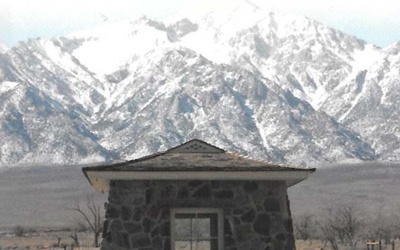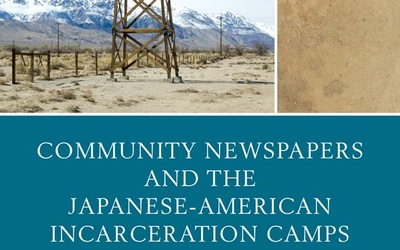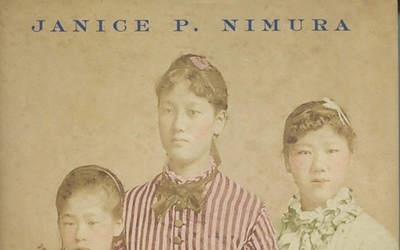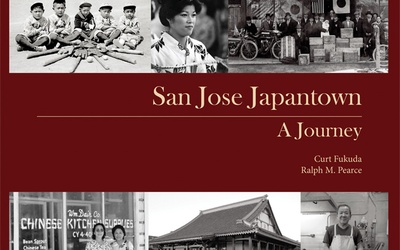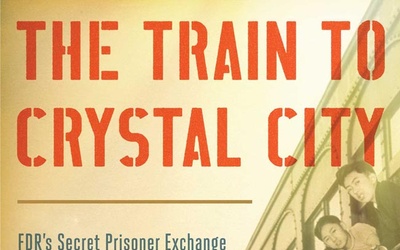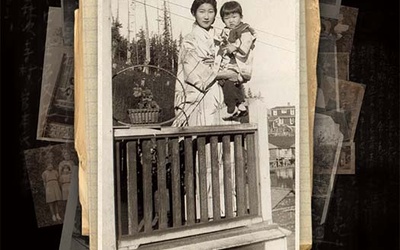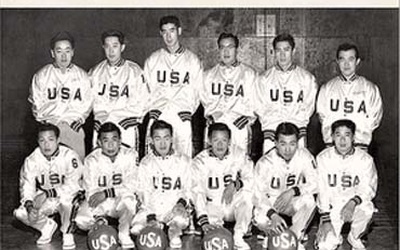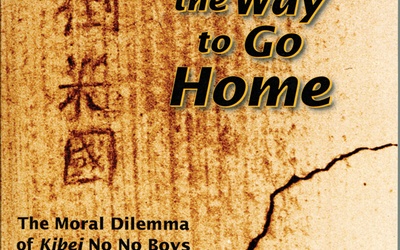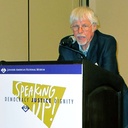
Arthur A. Hansen
@Art_HansenArt Hansen is Professor Emeritus of History and Asian American Studies at California State University, Fullerton, where he retired in 2008 as the director of the Center for Oral and Public History. Between 2001 and 2005, he served as Senior Historian at the Japanese American National Museum. Since 2018, he has authored or edited four books that focus on the topic of the resistance by Japanese Americans to their unjust World War II oppression by the US government.
Updated August 2023
Stories from This Author
‘Monumental’ research on Manzanar
Oct. 20, 2016 • Arthur A. Hansen , Nichi Bei News
Manzanar occupies a special place in my consciousness and conscience. I was first introduced to this eastern California site in 1972 by a California State University, Fullerton, History Department colleague and close friend who was a teenage Nisei inmate there during its successive World War II iterations as a Nikkei detention center run by the Wartime Civil Control Administration and the War Relocation Authority. Among my earliest oral history interviews were those done with Manzanar detainees, camp administrators and appointed …
The Fukuhara Family Caught Between Two Sides
Oct. 13, 2016 • Arthur A. Hansen , Nichi Bei News
At our vacation residence in the small San Luis Obispo County community of Los Osos, Calif., my wife and I have a delightful neighbor who is genuinely a “voracious reader.” By far this woman’s favorite genre of literature is historical fiction. While customarily she shuns non-fiction books, she is open to perusing such works with one proviso: they must read like captivating novels. For this reason I have previously recommended to her a trio of exemplary 2015 Nikkei history books …
‘Treasure Trove of Invaluable New Inf(o)’ on the WWII Camps
April 1, 2016 • Arthur A. Hansen , Nichi Bei News
In the interval between 1973 and 1988, thanks to some enterprising undergraduate and graduate students of mine affiliated with the Japanese American Oral History Project (JAOHP) of the Oral History Program (OHP) at California State University, Fullerton (CSUF), an archive of oral history interviews was compiled with World War II residents of the small towns located in close proximity to four U.S. War Relocation Authority (WRA)-administered concentration camps incarcerating evicted Americans of Japanese ancestry—Manzanar and Tule Lake in California, Poston …
Girls’ U.S. Sojourn A ‘Historical Tragedy’
March 22, 2016 • Arthur A. Hansen , Nichi Bei News
Over the years I have been honored to be privy to the transnational stories both of Japanese women who lived in the United States and Japanese American women who resided in Japan. Some were students of mine at California State University, Fullerton (Mariko Yamashita, Chiaru Kawai, and Reiko Katabami), others I interacted with as peers through the Japanese American Council of the Orange County Historical and Cultural Foundation (Yasko Gamo, Masako Hanada, and Yukiko Sato), a few were Japanese American …
The History and Legacy of “Ragtag” Plantation Kids Who Became National Champion Swimmers
March 8, 2016 • Arthur A. Hansen , Nichi Bei News
My favorite southern California bookstore is in Santa Barbara. Although located in a commonplace strip mall on the outskirts of this picturesque, Spanish-themed resort community, Chaucer’s Bookstore is an enchanted place. This is in part owing to its employees, who are not only lovers of people and books, but also dedicated to nurturing a fruitful relationship between them. But this independent bookstore’s enchantment is due as well to the cosmopolitan makeup of its stock, which goes well beyond the standard-issue …
San Jose Japantown ‘Stand(s) on Giants’ Shoulders
Oct. 21, 2015 • Arthur A. Hansen , Nichi Bei News
While perusing this beautiful and bountiful 470-page tome affording its lucky readers a temporal, spatial, and sociocultural journey relative to San Jose’s Japantown, I reflected upon my personal journey regarding this historic place. It was secured by my reading of Stephen Misawa, ed., Beginnings: Japanese Americans in San Jose (1981) and Timothy J. Lukes and Gary Y. Okihiro, Japanese Legacy: Farming and Community Life in California’s Santa Clara Valley (1985). It was humanized by my oral history fieldwork with Kibei …
‘Consequential’ and ‘Transformative’ Study of Crystal City’s WWII Incarceration
Sept. 22, 2015 • Arthur A. Hansen , Nichi Bei News
During World War II there existed eight Department of Justice-administered internment camps. Three states had a single facility: Montana (Fort Missoula Internment Camp); North Dakota (Fort Lincoln Internment Camp); and Idaho (Kooskia Internment Camp). Each are represented by a book: Carol Van Valkenburg, An Alien Place: The Fort Missoula, Montana, Detention Camp 1941-1944 (1996); John Christgau, Enemies: World War II Alien Internment (1985); and Priscilla Wegars, Imprisoned in Paradise: Japanese Internee Road Workers at the World War II Kooskia Internment …
HATSUMI: One Grandmother’s Journey through the Japanese Canadian Internment
June 23, 2015 • Arthur A. Hansen , Nichi Bei News
The World War II exclusion and detention experience of Japanese Americans is now fairly widely familiar, at least in general terms, to many within the United States. Their knowledge of this particular subject has been broadened and deepened progressively since the 1970s through a veritable media avalanche of historical representations served up by writers, filmmakers, dramatists, artists, oral historians, bloggers, and many others. However, it is quite apparent that this development has not occurred―even for Japanese Americans―with respect to the …
The ‘Invented Fiction’ of the Model Minority and the Controversy Behind the JA Creed
March 27, 2015 • Arthur A. Hansen , Nichi Bei News
These books by Ellen Wu and Kristin Hass both assess a contested facet of Japanese American studies from a comparative perspective; and both are judiciously conceptualized, skillfully organized, soundly argued, lucidly written, and bountifully documented. Fortuitously, their chronological spans (Wu, 1940s–1960s; Hass, 1982–2004) are sufficiently contiguous to warrant reviewing them jointly. Moreover, by jettisoning their non-Japanese American sections (in Wu, the Chinese American model minority experience; in Hass, three of the four war memorials built in the past three decades …
Exploring the Wartime Kibei-Nisei Struggles
Dec. 26, 2014 • Arthur A. Hansen , Nichi Bei News
“What I have attempted to introduce in (Show Me the Way Home),” writes Takako Day in the preface to her brilliant, bold, highly significant, if rather sprawling book, “are the lives and the struggles of Japanese-speaking Japanese Americans (known as ‘Kibei Nisei,’ a minority within a minority) who survived the tempestuous period of World War II when Japanese was an enemy language.” She then proceeds to say that particularly the “No-No’s” within the Kibei population, owing to prejudice, have been …

